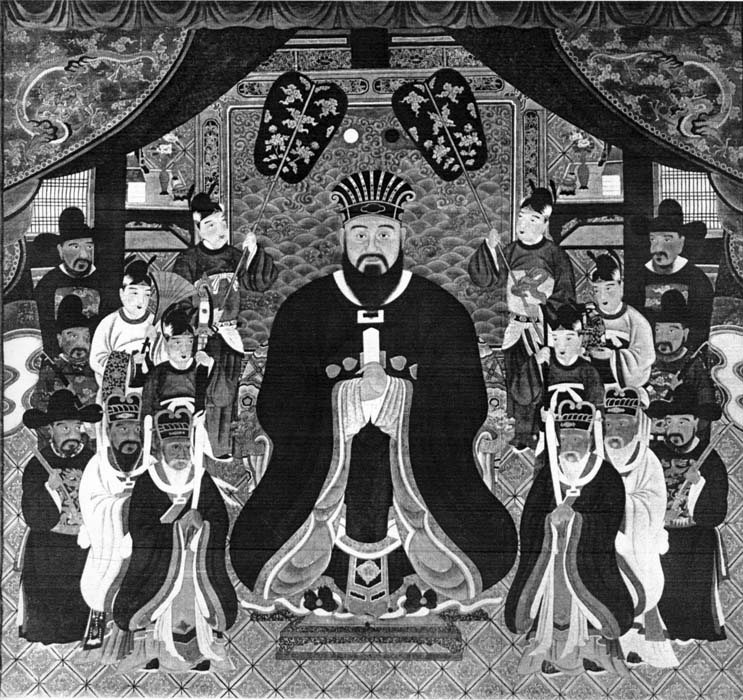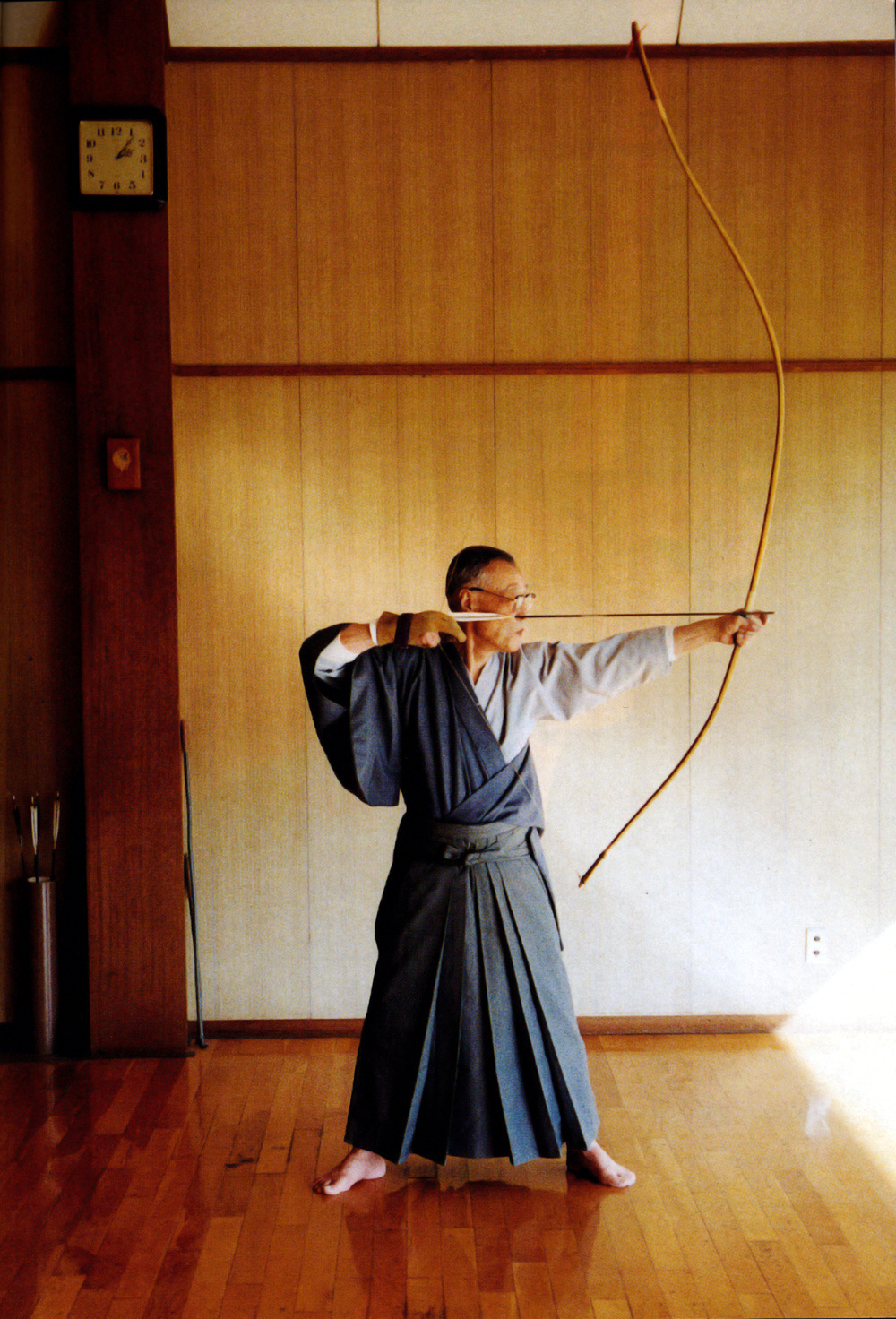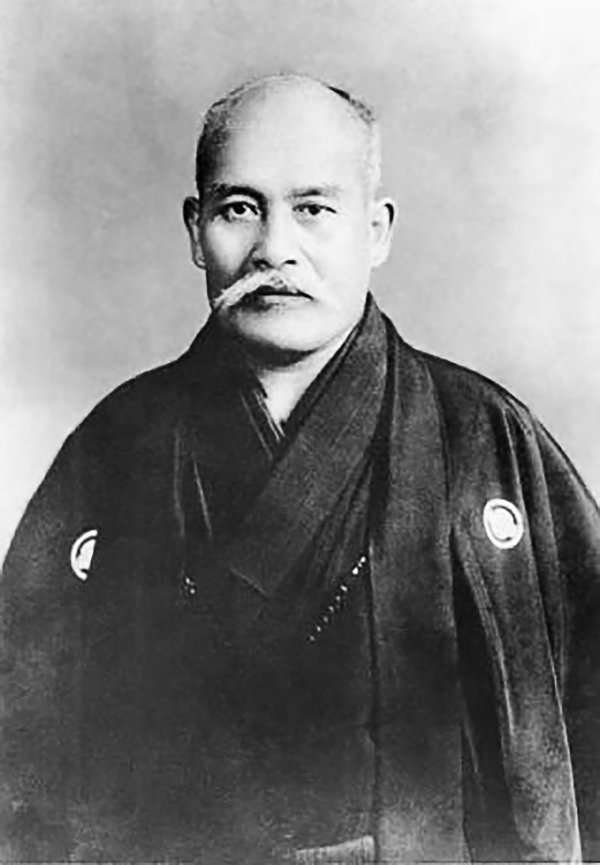|
Zanshin
''Zanshin'' () is a state of awareness; of relaxed alertness, in Japanese martial arts. A literal translation of ''zanshin'' is "remaining mind"."One arrow, one life: Zen, archery, enlightenment" by Kenneth Kushner , 2000, page 73"The complete idiot's guide to karate" by Randall G. Hassell, Edmond Otis |
Shoshin
''Shoshin'' () is a concept from Zen Buddhism meaning beginner's mind. It refers to having an attitude of openness, eagerness, and lack of preconceptions when studying, even at an advanced level, just as a beginner would. The term is especially used in the study of Zen Buddhism and Japanese martial arts, and was popularized outside of Japan by Shunryū Suzuki's 1970 book '' Zen Mind, Beginner's Mind''. The practice of ''shoshin'' acts as a counter to the hubris and closed-mindedness often associated with thinking of oneself as an expert. This includes the Einstellung effect, where a person becomes so accustomed to a certain way of doing things that they do not consider or acknowledge new ideas or approaches. The word ''shoshin'' is a combination of ''sho'' (), meaning "beginner" or "initial", and ''shin'' (), meaning "mind". History The concept was taught in the thirteenth century by Dōgen Zenji, the founder of the Sōtō Zen school of Buddhism. ''Shoshin'' is discussed ... [...More Info...] [...Related Items...] OR: [Wikipedia] [Google] [Baidu] |
Kendō
is a modern Japanese martial art, descended from kenjutsu (one of the old Japanese martial arts, swordsmanship), that uses bamboo swords (shinai) as well as protective armor (bōgu). It began as samurai warriors' customary swordsmanship exercises, and today, it is widely practiced within Japan and has spread to many other nations across the world. History Swordsmen in Japan established schools of ''kenjutsu'' (the ancestor of kendo). These continued for centuries and form the basis of kendo practice today.. Formal kendo exercises known as ''kata'' were developed several centuries ago as ''kenjutsu'' practice for warriors. They are still studied today, in a modified form. The introduction of bamboo practice swords and armor to sword training is attributed to during the Shotoku Era (1711–1715). Naganuma developed the use of this armor and established a training method using bamboo swords. , third son of Naganuma and the eighth headmaster of the Kashima Shinden Jikishi ... [...More Info...] [...Related Items...] OR: [Wikipedia] [Google] [Baidu] |
Karate
(; ; Okinawan language, Okinawan pronunciation: ), also , is a martial arts, martial art developed in the Ryukyu Kingdom. It developed from the Okinawan martial arts, indigenous Ryukyuan martial arts (called , "hand"; ''tī'' in Okinawan) under the influence of Chinese martial arts. While modern karate is primarily a striking art that uses punches and kicks, traditional karate training also employs Throw (grappling), throwing and joint locking techniques. A karate practitioner is called a . Beginning in the 1300s, early Chinese martial arts, Chinese martial artists brought their techniques to Okinawa. Despite the Ryukyu Kingdom being turned into a puppet state by Japanese samurai in 1609, after the Invasion of Ryukyu, its cultural ties to China remained strong. Since Ryukyuans were banned from carrying swords under samurai rule, groups of young aristocrats created unarmed combat methods as a form of resistance, combining Chinese and local styles of martial arts. Training emph ... [...More Info...] [...Related Items...] OR: [Wikipedia] [Google] [Baidu] |
Japanese Martial Arts
Japanese martial arts refers to the variety of martial arts native to the country of Japan. At least three Japanese terms (''budō'', ''bujutsu'', and ''bugei'') are used interchangeably with the English phrase Japanese martial arts. The usage of the term ''budō'' (武道) to mean martial arts is a modern one: historically the term meant a way of life encompassing physical, spiritual and moral dimensions with a focus on self-improvement, fulfillment or personal growth. The terms ''bujutsu'' (武術) and ''bugei'' (武芸) have different meanings from ''budō'', at least historically speaking. ''Bujutsu'' refers specifically to the practical application of martial tactics and techniques in actual combat. ''Bugei'' refers to the adaptation or refinement of those tactics and techniques to facilitate systematic instruction and dissemination within a formal learning environment. History Each child who grew up in a samurai family was expected to be a warrior when he gre ... [...More Info...] [...Related Items...] OR: [Wikipedia] [Google] [Baidu] |
Tuttle Publishing
Tuttle Publishing, originally the Charles E. Tuttle Company, is a book publishing company that includes Tuttle, Periplus Editions, and Journey Editions.Tutttle Publishing: About us Retrieved on April 17, 2010.Grant, T. (1997): ''International directory of company histories'' (Vol. 86, 2nd ed., pp. 404–405). Chicago, IL: Saint James Press. () A company profile describes it as an "International publisher of innovative books on design, cooking, martial arts, language, travel and spirituality with a focus on China, Japan and Southeast Asia."The London Book Fair: Tuttle Publishing ... [...More Info...] [...Related Items...] OR: [Wikipedia] [Google] [Baidu] |
Penguin Group
Penguin Group is a British trade book publisher and part of Penguin Random House, which is owned by the German media company, media Conglomerate (company), conglomerate Bertelsmann. The new company was created by a Mergers and acquisitions, merger that was finalised on 1 July 2013, with Bertelsmann initially owning 53% of the joint venture, and Pearson PLC initially owning the remaining 47%. Since 18 December 2019, Penguin Random House has been wholly owned by Bertelsmann. Penguin Books has its registered office in the City of Westminster, London.Maps ." City of Westminster. Retrieved 28 August 2009. Its British division is Penguin Books Ltd. Other separate divisions are located in the United States, Ireland, New Zealand, India, Australia, Canada, China, Brazil and South Africa. History Penguin Books Ltd. (est. 1935) of the United K ...[...More Info...] [...Related Items...] OR: [Wikipedia] [Google] [Baidu] |
Kyūdō
''Kyūdō'' () is the Japanese martial art of archery. Kyūdō is based on ''kyūjutsu'' ("art of archery"), which originated with the samurai class of feudal Japan. In 1919, the name of kyūjutsu was officially changed to kyūdō, and following the example of other martial arts that have been systematizing for educational purposes, kyūdō also reorganized and integrated various forms of shooting that had been used up until then. Many practitioners may refer to themselves as ''yumihiki'' (弓引き), or 'ones who draw the bow'. Kyūdō is practised by over a hundred thousand people worldwide. The bow they use is called a . It has an asymmetrical shape and length of more than , and its use is characterized by the archer gripping the lower third of the bow stave to shoot. History The beginning of archery in Japan is pre-historical. The first images picturing the distinct Japanese asymmetrical longbow are found on Dōtaku from the Yayoi period (c. 500 BC – 300 AD). Emerge ... [...More Info...] [...Related Items...] OR: [Wikipedia] [Google] [Baidu] |
Kodansha
is a Japanese privately held publishing company headquartered in Bunkyō, Tokyo. Kodansha publishes manga magazines which include ''Nakayoshi'', ''Morning (magazine), Morning'', ''Afternoon (magazine), Afternoon'', ''Evening (magazine), Evening'', ''Weekly Young Magazine'', ''Weekly Shōnen Magazine'', and ''Bessatsu Shōnen Magazine'', as well as the more literary magazines ''Gunzō'', ''Weekly Gendai, Shūkan Gendai'', and the Japanese dictionary, ''Nihongo Daijiten''. Kodansha was founded by Seiji Noma in 1909, and members of his family continue as its owners either directly or through the Noma Cultural Foundation. History Seiji Noma founded Kodansha in 1909 as a spin-off of the ''Dai-Nippon Yūbenkai'' (, "Greater Japan Oratorical Society") and produced the literary magazine, ''Yūben,'' () as its first publication. The name ''Kodansha'' (taken from ''Kōdan Club'' (), a now-defunct magazine published by the company) originated in 1911 when the publisher formally merged wi ... [...More Info...] [...Related Items...] OR: [Wikipedia] [Google] [Baidu] |
Kamae
is a Japanese term used in martial arts and traditional theater. It translates approximately to "posture". The Kanji of this word means "base". The implied meaning is 'readiness' or 'be ready'. Kamae is to be differentiated from the word , used in Japanese martial arts to mean stance. While ''tachi'' (pronounced ''dachi'' when used in a compound) refers to the position of the body from the waist down, kamae refers to the posture of the entire body, as well as encompassing one's mental posture (i.e., one's attitude). These connected mental and physical aspects of readiness may be referred to individually as and , respectively. Although it is a generic term, context may mean there's a default specific posture which is being implicitly referred to. e.g. many modern styles use ''kamae'' by itself as shorthand usually for the style's basic stance for sparring or self-defense. As a further note, there are also related verbs, and adding ''te'' to the end of kamae makes the command ... [...More Info...] [...Related Items...] OR: [Wikipedia] [Google] [Baidu] |
Aikidō
Aikido ( , , , ) is a modern Japanese martial art which is split into many different styles including Iwama Ryu, Iwama Shin Shin Aiki Shuren Kai, Shodokan Aikido, Yoshinkan, Renshinkai, Aikikai, and Ki Aikido. Aikido is now practiced in around 140 countries. It was originally developed by Morihei Ueshiba, as a synthesis of his martial studies, philosophy and religious beliefs. Ueshiba's goal was to create an art which practitioners could use to defend themselves against attacks, while also protecting the attackers from injury. Aikido is often translated as "the way of unifying (with) life energy" or as "the way of harmonious spirit". According to the founder's philosophy, the primary goal in the practice of aikido is to overcome oneself instead of cultivating violence or aggressiveness. Morihei Ueshiba used the phrase to refer to this principle. Aikido's fundamental principles include: (entering), , (breathing control), (triangular principle), and (turning) movements w ... [...More Info...] [...Related Items...] OR: [Wikipedia] [Google] [Baidu] |
Iwama Style
Iwama-style Aikido is the style of aikido that was taught in Iwama by the founder of aikido, Morihei Ueshiba, and especially the lineage passed on through Morihiro Saito, a close disciple who was given responsibility over Iwama dojo by Ueshiba. It is also known by other names including (see: ''ryū'') and Iwama Aikido. It is often associated with the term after the martial concept. It is sometimes also referred to as Traditional or (, lit. traditional). It is sometimes called Saito style, though never by Iwama stylists themselves as Saito insisted that he intended to preserve the founder's style. Ranks At one point Saito gave out specific ranks at the insistence of his European students. However, he always awarded ranks through the Aikikai (original Aikido organization) out of respect for the Ueshiba family. Saito also gave out mokuroku (scrolls) for his ''aiki-ken'' (sword) and ''aiki-jo'' (staff) with levels loosely modeled after the traditional license system of clas ... [...More Info...] [...Related Items...] OR: [Wikipedia] [Google] [Baidu] |





